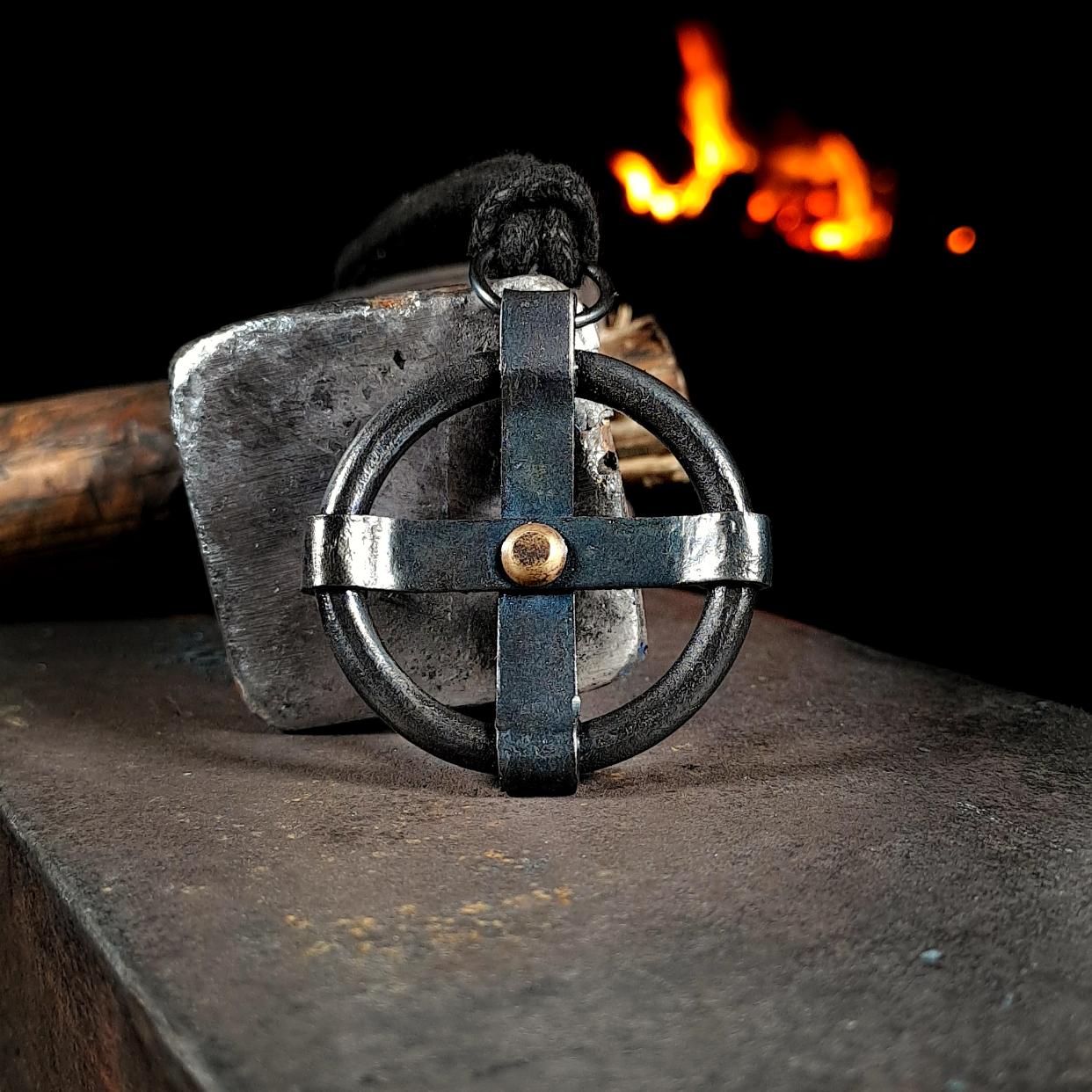Imagine a world without the sun: no light, no warmth, no life. The sun is essential to our very existence, and it has been revered by cultures around the world for centuries.
But the sun is more than just a physical object. The sun is essential to life on Earth, giving us light, warmth, and energy. It reminds us of life, light, and divinity. One of the oldest and most widespread symbols in the world is the sun cross.
The sun is necessary for the growth of plants and the reproduction of animals, a symbol of the sun's fertility-inducing power.
The sun rises and sets each day, but it never truly dies, a symbol of its cyclical nature and its eternal return, rebirth, and renewal.
The sun cross is a simple but powerful symbol: a cross inscribed within a circle. It has been found in cultures all over the world.
In addition to the meanings of the sun cross discussed above, there are many other concepts and ideas that it has been associated with over the centuries. For example, the sun cross has been used to represent:
- The four seasons
- The four cardinal directions
- The four elements
- The four stages of human life (birth, youth, maturity, and death)
- The cosmic order
- The balance between light and darkness
- The union of the masculine and feminine
- The journey of the soul
Exploring the Sun Cross: A Journey through Its Diverse Variations
The sun cross is a simple but versatile symbol. It can be found in different forms, it is also known as the solar cross, and wheel cross. In this section, we will explore some of the most common types of sun crosses.
The solar cross is the most basic type of sun cross. It consists of a simple cross inscribed within a circle. Another variation of the solar cross features four spokes radiating from the center.
A World of Crosses: Exploring the Diversity of Iconic Symbols
Medicine wheel
The Native Americans also used a cross, which they called the "medicine wheel", to represent the four seasons and the four cardinal directions.
Celtic cross
The Celtic cross is a type of cross that is often found in Celtic art and culture. The Celtic cross is characterized by its elongated vertical arm and its halo-like circle around the head. The Celtic cross is often associated with Christianity.
Slavic sun cross: Kolovrat
The Slavic sun cross, or spinning wheel, is a type of cross that is found in Slavic cultures. The Slavic cross is characterized by its eight spokes radiating from the center.
Swastika
The swastika is an ancient symbol that has been used by cultures all over the world for centuries. It is a versatile symbol that can be interpreted in many different ways. In some cultures, the swastika is a symbol of good luck, prosperity, and happiness. In other cultures, it is a symbol of the sun, fertility, and the cyclical nature of life.
The swastika was also used by the Nazi Party as a symbol of their racist and anti-Semitic ideology. As a result, the swastika is now widely considered to be a symbol of hate and intolerance.
Conclusion
The sun cross is a powerful and versatile symbol with a rich history. It has been used by cultures all over the world for centuries to represent a wide range of concepts, including the sun, life, light, divinity, rebirth, and eternity.
In this article, we have explored the symbolism of the sun cross, looking at its meaning in different cultures and traditions. We have also discussed the various ways in which the sun cross has been used throughout history.
I encourage you to learn more about the sun cross symbol and its rich history. There are many resources available online and in libraries. You can also visit museums and other cultural institutions to see how the sun cross has been used in art and architecture.
A final bit of advice:
Remember that symbols can have multiple meanings. It is important to be aware of the symbol's history and its different meanings before using it. If you are unsure about the meaning of a symbol, it is always best to err on the side of caution and avoid using it.
I hope this article has been informative and engaging. Thank you for reading!


